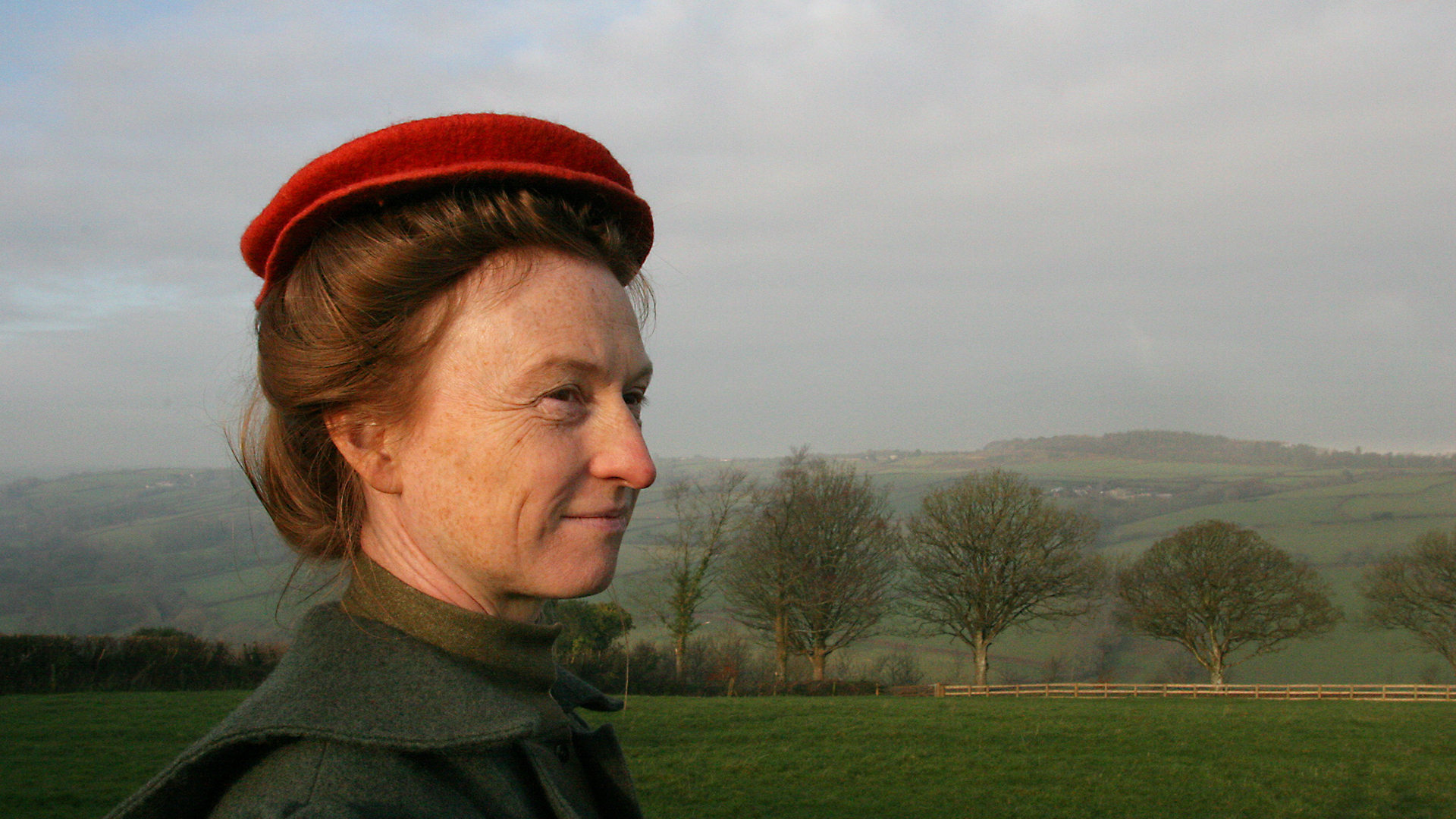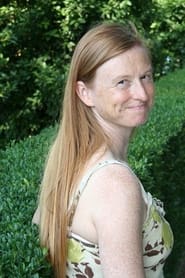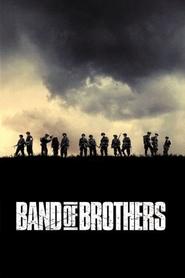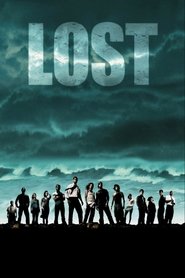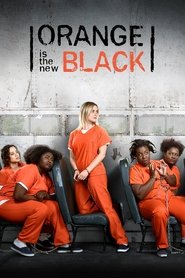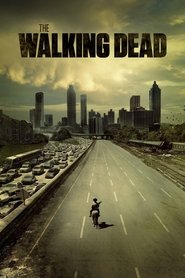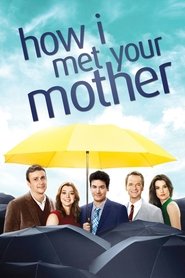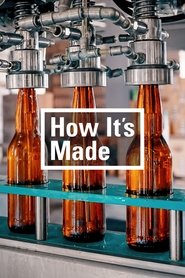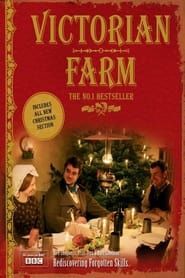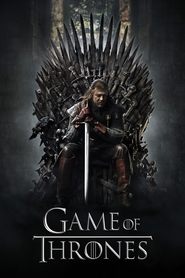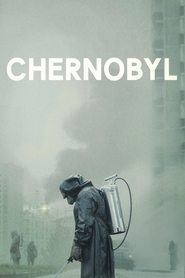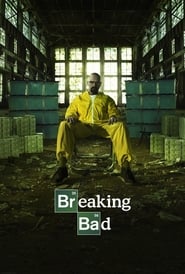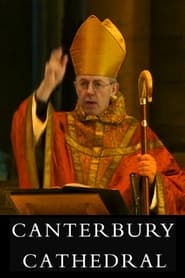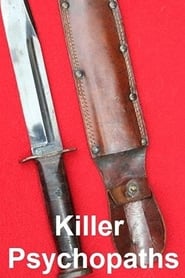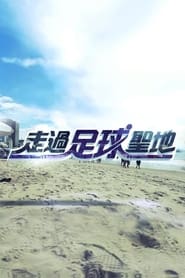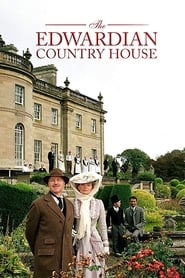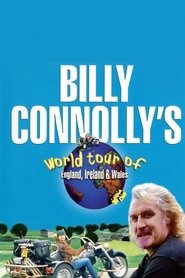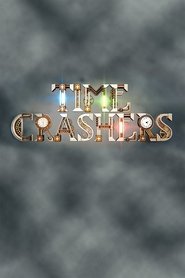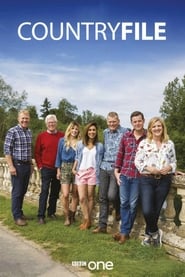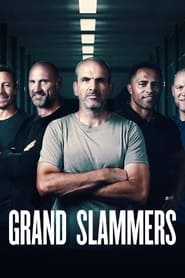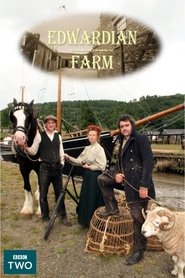
Edwardian Farm
Edwardian Farm is an historical documentary TV series in twelve parts, first shown on BBC Two from November 2010 to January 2011. It depicts a group of historians trying to run a farm like it was done during the Edwardian era. It was made for the BBC by independent production company Lion Television and filmed at Morwellham Quay, an historic quay in Devon. The farming team was historian Ruth Goodman and archaeologists Alex Langlands and Peter Ginn. The series was devised and produced by David Upshal and directed by Stuart Elliott. The series is a development from two previous series Victorian Farm and Victorian Pharmacy which were among BBC Two's biggest hits of 2009 and 2010, garnering audiences of up to 3.8 million per episode. The series was followed by Wartime Farm in September 2012, featuring the same team but this time in Hampshire on Manor Farm, living a full calendar year as wartime farmers. An associated book by Goodman, Langlands, and Ginn, also titled Edwardian Farm, was published in 2010 by BBC Books. The series was also published on DVD, available in various regional formats.
- Created By
- First Aired on
Nov 10, 2010
- Popularity: 4.6875
- 2 votes
- Networks
- (GB)

- Production
Lion Television (GB)
- Status: Ended
Show Ended
1 seaons till Jan 19, 2011
Last episode: August
Seasons & episodes
Total 1 seasons, 12 episodes

Season 1
Aired
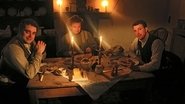
Episode 1September60 min
In September they begin with the basics. They set up home in one of the cottages, where the first task - after cleaning - is unblocking the chimney so they can get the range working in order to cook. They prepare for the arrival of their first livestock - a flock of sheep and a ram called Cyril, and Ruth cheers up the cottage by making a rug out of rags. And she cooks her first meal on the range - a sheep's head stew. Alex builds a hay rick to store feed for the animals over winter; while Peter heads to Bodmin moor to carve a stone feeding trough. And they must plant crops. The high acidity of the soil makes it infertile for growing crops, so the top priority is neutralising the acid with fertilizer - and for this they must make deadly quicklime. They will need literally tonnes of the stuff. It is a hazardous and gruelling - but essential - job.

Episode 2October60 min
In October, the Edwardian farmers branch out into new ventures like market gardening, all-year-round egg production and beef cattle. After acquiring a beef herd, the team bring in a bull. They also begin training the shire horses for a year of work in the fields. And they take on a pair of goats who prove to be more than a handful at milking time. Morwellham Quay's market gardens were once one of the nation's largest producers of strawberries, until abandoned half a century ago. Now the team attempt to bring them back to life. Cider was a vital part of the Edwardian rural economy, so Alex and Peter attempt to follow in this tradition by making it on an industrial scale - using an Edwardian cider press and a ton of apples. Ruth preserves supplies for the winter: she pickles apples, salts a ham and smokes bacon. Peter visits a cooper and learns how to make a barrel, and Alex launches a chicken enterprise. Finally they see in the winter with Halloween - Edwardian style.

Episode 3November60 min
Archaeologists Alex Langlands and Peter Ginn and historian Ruth Goodman are in Morwellham Quay in Devon - once home to one of the busiest ports in Britain. They will be attempting to bring it back to life as it was in its Edwardian heyday. It's November and to prosper as Edwardian farmers, Alex, Peter and Ruth need to get to grips with the technologies of the age and use Edwardian science to set up an exciting new venture on the farm. Alex and Peter want to grow oats, essential as feed for their livestock, and potatoes, a reliable source of income. But first they must plough the land. Most Edwardian farmers still relied heavily on horse power, but new technology was on the horizon. A travelling salesman makes a dramatic entrance bringing a piece of the state-of-the-art machinery from the Edwardian age - the world's first tractor, the Ivel. Ruth prepares for the arrival of the farm's pigs by restoring the farm's pig sty privy - an ingenious construction combining a pig sty with a lavatory so that pig waste and human waste could be composted in one place. After introducing the pigs to their new home, Ruth grooms them. Peter embarks on building a trout farm and populating it by using revolutionary fish-breeding techniques that were new to Devon's Edwardian farmers. And Alex wants to maintain the farm's hedgerows - but first he'll need to learn how to forge a Devon billhook using water-powered technology. After all their hard work, Ruth cheers the team up by making sloe gin and acquiring an Edwardian musical novelty - a gramophone.
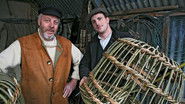
Episode 4December60 min
Archaeologists Alex Langlands and Peter Ginn and historian Ruth Goodman are in Morwellham Quay in Devon - once home to one of the busiest ports in Britain. They will be attempting to bring it back to life as it was in its Edwardian heyday. It's December and, as winter sets in, Alex, Peter and Ruth face the challenge of earning a living in one of the hardest months of the year. They'll have to profit from their livestock, leave the farm in search of part-time work and head to the coast to reap the ocean's bounty. With poverty rife in the countryside, Edwardian farmers often had to find additional work away from their land. Alex and Peter follow in the footsteps of Tamar Valley farmers who traditionally took advantage of living between the North and South Devon coasts to profit from the county's other great industry - sea fishing. Ruth follows the growing number of Edwardian women who entered domestic service. She goes to a grand Edwardian stately home, Lanhydrock House, where she encounters luxurious novelties such as running water, electric lights and even prototype vacuum cleaners. But when Alex and Peter have little luck on their seafaring fishing expedition, Ruth has to prepare a poor man's Christmas lunch.
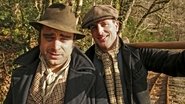
Episode 5January60 min
Archaeologists Alex Langlands and Peter Ginn go down a copper mine, just a few hundred yards from their cottage, which was once the major source of Morwellham Quay's wealth. In the 19th century the largest deposit of copper in Europe was discovered in Devon. And the mining industry made Morwellham the busiest inland port in Britain. In the latter half of the century rising costs and cheap foreign imports put the copper mining industry into decline. But resourceful Devon farmers found other ways to extract income from copper - such as 'fossicking' (literally scavenging by breaking up rocks overground) and building precipitation tanks which extracted copper deposits from the water which flowed out of the mines. Meanwhile, historian Ruth Goodman learns the art of lacemaking, visiting the town of Honiton which became world famous for its lace, renowned for its beauty, delicacy and intricacy. Once half the inhabitants of east Devon were lacemakers. The boys also go tin mining in Cornwall, an industry which survived until the end of the 20th century when the last mine closed in 1998. But it's a gruelling trade, full of risks. They drill blast holes by hand and get to grips with tools such as the grimly nicknamed 'the widow-maker'.
Crew & Team
Executive Producer
Producer

